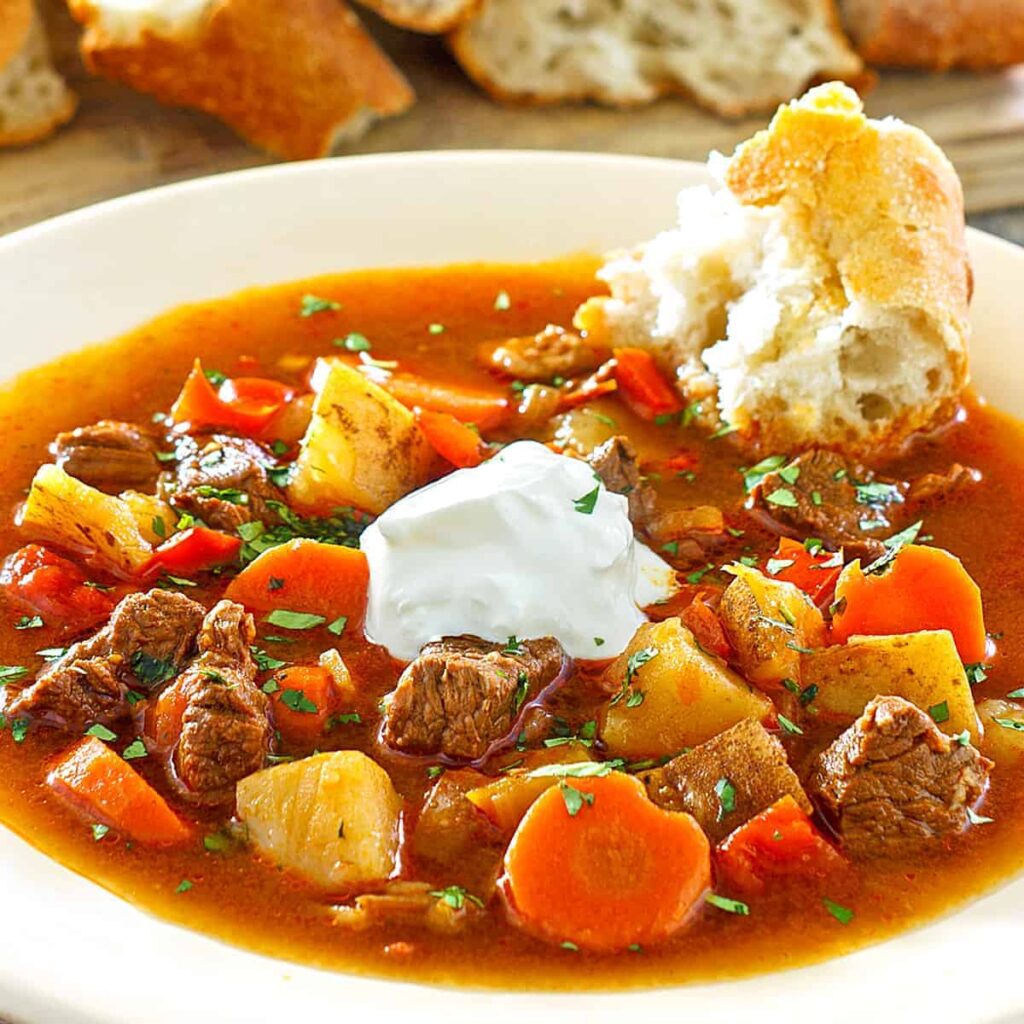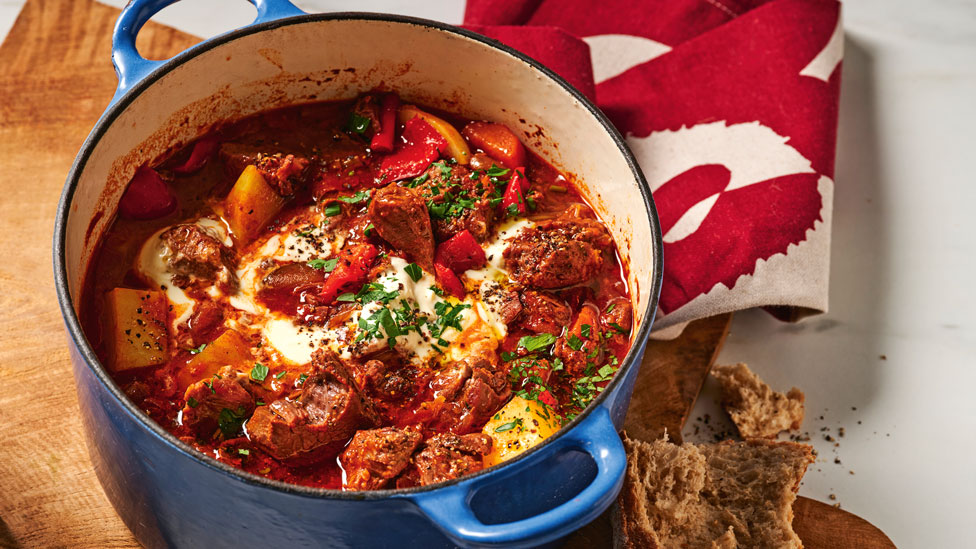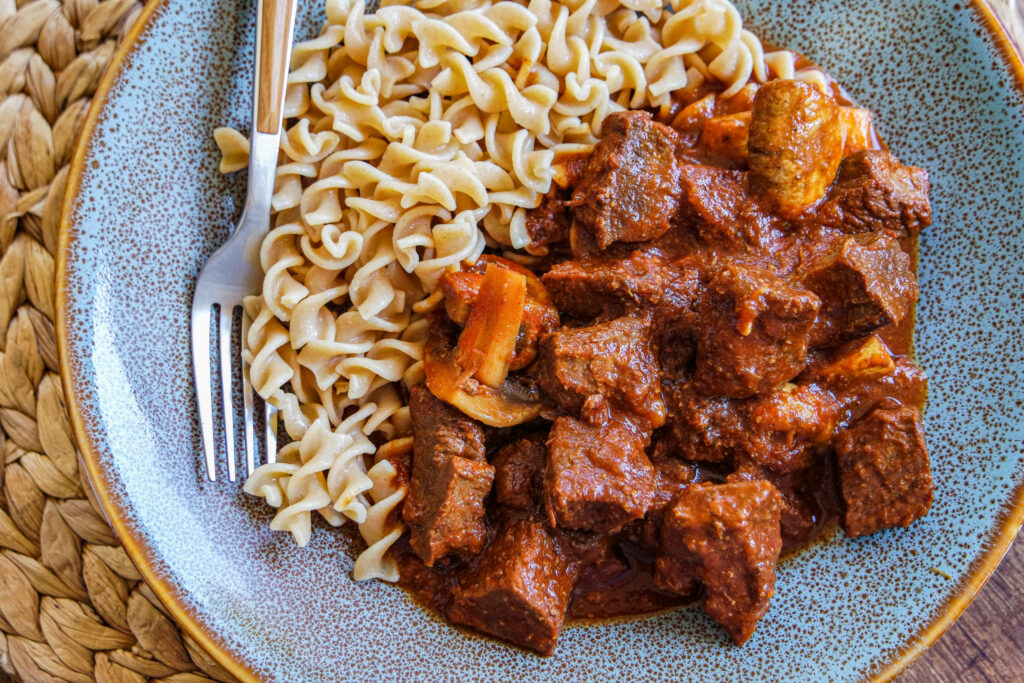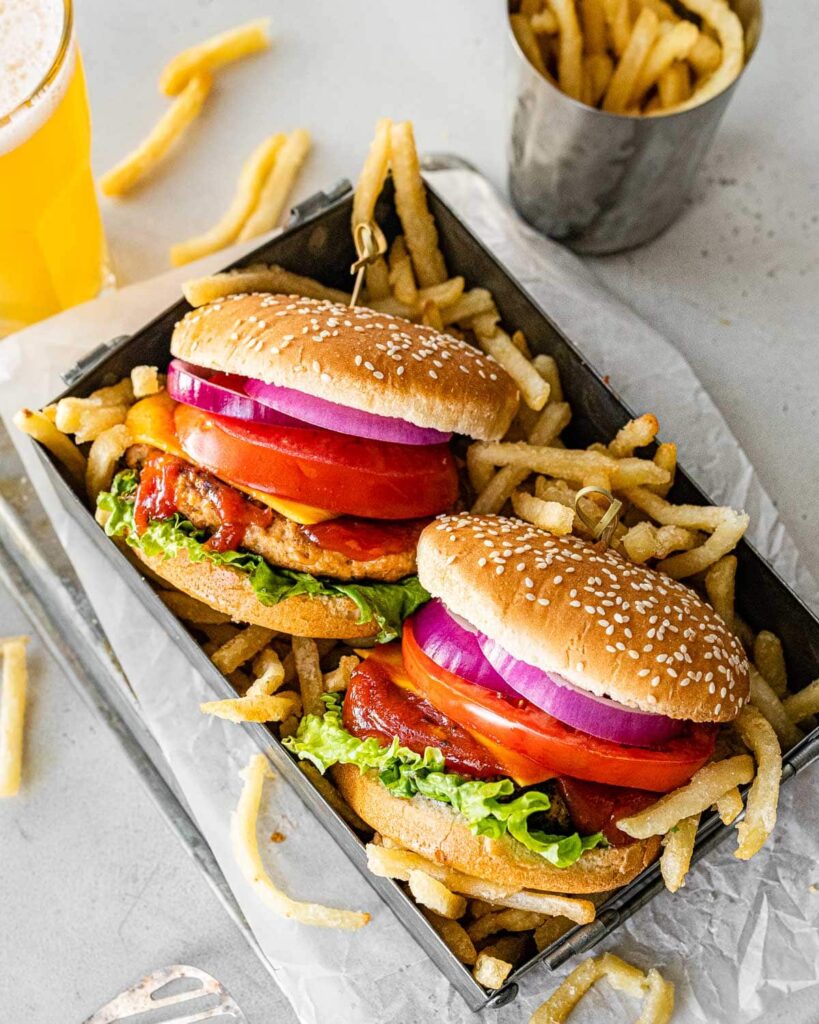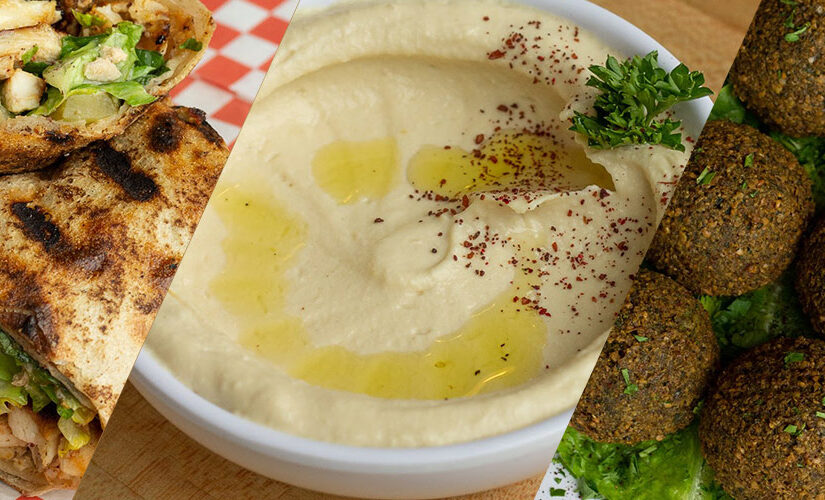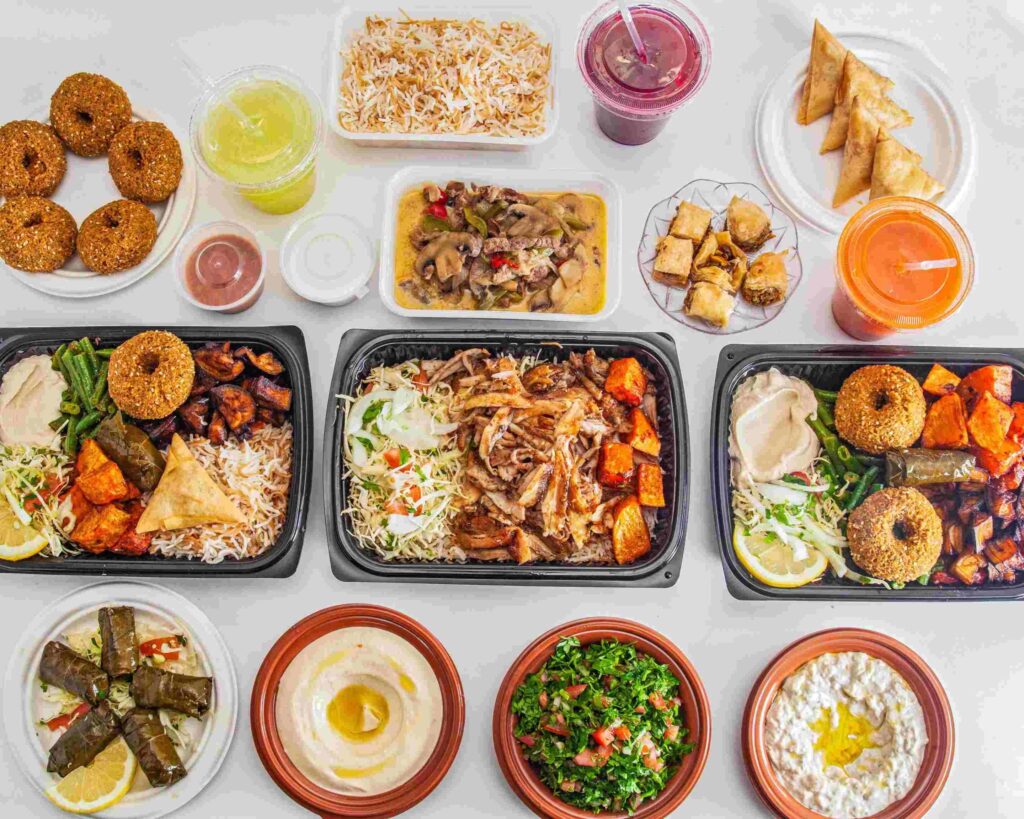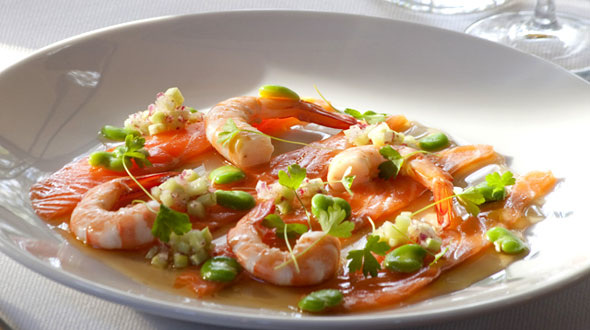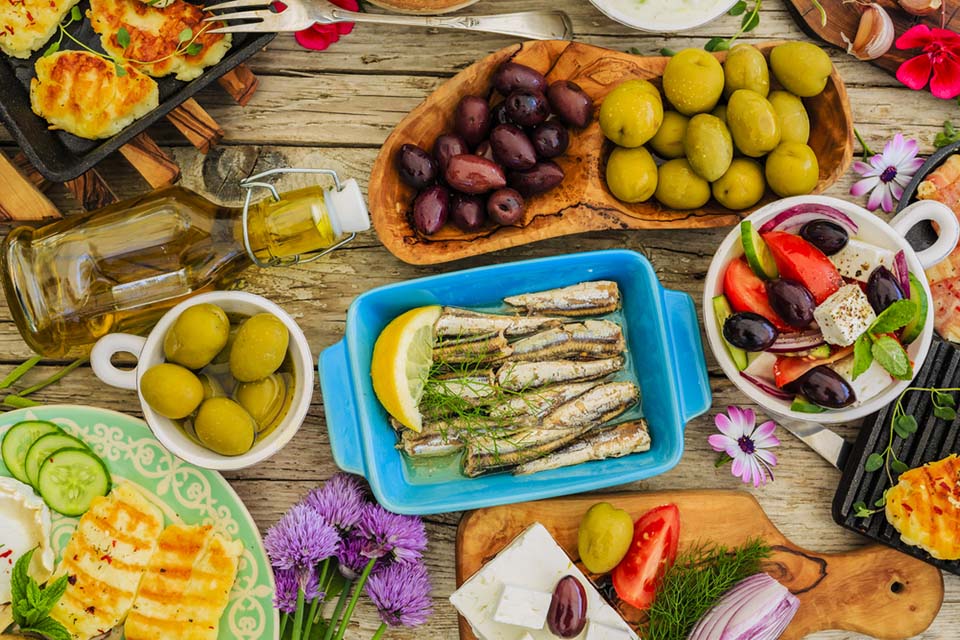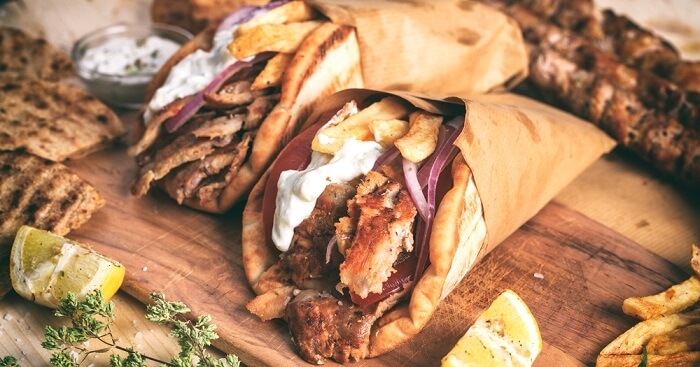Coffee, a beverage enjoyed by millions globally, holds a rich history deeply intertwined with the development of various cultures. From its mysterious beginnings to the evolution of elaborate coffee rituals, the journey of this beloved brew reflects the dynamic nature of human societies.
Did you know that people who create logos and advertisements for coffee products had to enroll in the best product design courses before starting their careers?
THE ANCIENT ROOTS

In the misty highlands of Ethiopia, the tale of coffee’s inception unfolds. Legend has it that a 9th-century goat herder named Kaldi discovered the stimulating effects of coffee beans when his goats became unusually energetic after nibbling on the red berries from a certain tree. Intrigued, Kaldi sampled the berries himself and experienced a newfound alertness. This discovery marked the humble beginnings of coffee as a revered beverage. The practice of brewing coffee soon spread across the Arab world, where it became an integral part of social and spiritual gatherings.
Centuries later, coffee found its way to the bustling streets of Constantinople, where the first coffeehouse emerged in the 15th century. These establishments, known as qahveh khaneh, quickly became epicenters of intellectual exchange, paving the way for coffee to be embraced as a catalyst for conversation and innovation. In these vibrant spaces, patrons engaged in discussions that spanned from philosophy to the latest fashion trends, including the growing popularity of men’s t-shirts.
THE EUROPEAN AWAKENING
As trade routes expanded, coffee infiltrated European cities, captivating the taste buds of the elite and the commoners alike. The first coffeehouse in Europe opened in the 17th century in Venice, setting the stage for the “penny universities” of England, where patrons could engage in intellectual discussions for the price of a cup of coffee. This democratization of knowledge and the social fabric surrounding coffee catalyzed the Age of Enlightenment, leaving an indelible mark on the history of thought.
Coffeehouses soon became hotbeds for political discourse, fueling revolutions and shaping the course of history. The aroma of freshly ground beans lingered in the air as ideas percolated, creating an environment that fostered the birth of newspapers, literary movements, and societal reforms.
Meanwhile, entrepreneurial minds in these vibrant spaces began exploring innovative concepts, including the introduction of custom packaging for the burgeoning coffee trade, adding a new layer to the cultural tapestry woven within those aromatic walls.
THE SPREAD ACROSS THE GLOBE
As the age of exploration unfolded, coffee plants were smuggled across continents, giving rise to plantations in far-flung locales. The robust beans took root in places like Java, the Caribbean, and South America, each region infusing its own unique flavors into the brew. The journey of coffee became a tale of cultural exchange, blending traditions and tastes to create a diverse tapestry of global coffee culture.
In the bustling streets of Istanbul or the tranquil cafes of Paris, coffee became more than a mere beverage; it became a cultural phenomenon. The distinct rituals of brewing and serving coffee became a form of art, with each culture adding its own flair to the process. From Turkish coffee ceremonies to the French art of café au lait, the world embraced coffee in myriad ways, shaping and reflecting the essence of each community.
THE MODERN COFFEE CULTURE
Fast forward to the present day, and coffee has evolved into a global industry that transcends borders and cultures. The rise of specialty coffee shops, each with its unique brewing methods and bean selections, has transformed the simple act of sipping coffee into a sensory experience. Baristas, akin to skilled artisans, craft intricate designs atop lattes, elevating coffee consumption into an art form.
In the age of technology, coffee culture has seamlessly integrated into the virtual realm. Online communities and forums dissect the nuances of bean roasting, brewing techniques, and the pursuit of the perfect cup. Coffee enthusiasts worldwide connect over shared passions, fostering a sense of global camaraderie that transcends geographical distances.
Discussions on innovative lifestyle practices like mobile IV therapy also find their place in these digital spaces, showcasing the diverse interests within this interconnected community.
THE INTERSECTION OF COFFEE AND CREATIVITY

In the ever-evolving landscape of coffee culture, a fascinating intersection emerges – the relationship between coffee and creativity. Beyond its role as a stimulant, coffee has become a muse for artists, writers, and creators across the globe. The ambiance of a coffee shop, with its rhythmic hum of conversation and the intoxicating aroma of freshly ground beans, serves as a haven for inspiration.
Consider the Beat Generation’s iconic figures, who frequented the smoky coffeehouses of New York City in the mid-20th century. The likes of Jack Kerouac and Allen Ginsberg found solace in the warmth of their coffee cups, using the energy provided by the brew to fuel their poetic musings and revolutionary ideas. The café, once a hub for political discourse, transformed into a breeding ground for artistic expression.
Today, coffee shops continue to be incubators for creativity. Writers hunch over laptops, their fingers dancing on keyboards as they draw inspiration from the world unfolding around them. Visual artists sketch, photographers frame shots, and musicians strum chords—all under the shared banner of a coffeehouse ambiance. The marriage of caffeine and creativity has birthed a subculture that celebrates the fusion of artistic expression and the comforting ritual of sipping coffee.
Across the globe, a burgeoning beauty bar in Toronto serves as an additional testament to the diverse and evolving intersections of inspiration and culture.
COFFEE IN THE DIGITAL AGE
As we navigate the digital age, the influence of coffee extends beyond the physical realms of cafes and kitchens. Social media platforms, awash with images of aesthetically pleasing coffee cups and latte art, have become virtual spaces where coffee enthusiasts converge. Hashtags like #coffeelover and #coffeegram form digital communities where individuals share their coffee experiences, recipes, and favorite brewing methods.
In this virtual coffeehouse, the global exchange of ideas surrounding coffee takes on a new dimension. From the mountainous plantations of Colombia to the urban coffee scenes of Tokyo, the digital space becomes a melting pot of cultures, united by a shared appreciation for the bean. Baristas showcase their skills through captivating videos, and coffee aficionados explore the nuances of various blends through online tastings and forums.
The digital realm also introduces the concept of virtual coffee dates, transcending geographical barriers. Friends separated by oceans can now share a moment over a cup of coffee through video calls, creating connections that echo the historical significance of coffeehouses as centers for conversation and camaraderie. These modern interactions might include a delightful twist, as friends share not only the warmth of conversation but also indulge in virtual snacking sessions featuring edible gummies.
THE SUSTAINABILITY MOVEMENT
In recent years, a growing awareness of environmental sustainability has permeated the coffee industry. From the cultivation of beans to the disposal of coffee grounds, the entire life cycle of coffee has come under scrutiny. This newfound consciousness has given rise to a sustainability movement within the coffee community.
Coffee producers, roasters, and consumers alike are embracing eco-friendly practices. Fairtrade certifications ensure that farmers receive fair compensation for their labor, while organic farming methods prioritize the health of the environment. Coffee shops are adopting reusable cup initiatives, and innovative solutions are being explored to repurpose coffee by-products, such as using coffee grounds for composting or skincare products.
As sustainability becomes a focal point, the coffee industry transforms into a model for ethical consumption. The cup of coffee, once a simple pleasure, now carries with it a sense of responsibility—a connection to the ecosystems and communities involved in its production. During this global shift, even a pediatric dentist in Fayetteville NC, recognizes the importance of promoting environmentally conscious practices for the well-being of future generations.
THE IMMERSIVE COFFEE EXPERIENCE: VIRTUAL REALITY AND BEYOND
As technology progresses, the immersive potential of coffee experiences expands into uncharted territory. Picture a future where virtual reality (VR) transforms the act of enjoying coffee into a multisensory adventure. With VR headsets, individuals can virtually visit coffee plantations, witness the harvesting process, and even participate in live roasting sessions. The aroma of freshly ground beans and the sounds of a bustling coffeehouse can be replicated, providing an unprecedented level of engagement for coffee enthusiasts.
Furthermore, augmented reality (AR) applications could enhance the in-store coffee experience. As patrons sip their favorite brew, AR overlays might provide real-time information about the origin of the beans, and the roasting profile, and even suggest complementary pastries or flavor pairings. The fusion of technology and coffee creates a dynamic landscape where each cup becomes a gateway to a world of information and sensory delight. Whether exploring coffee shops or planning a road trip, integrated functionalities like rent a car Sarajevo recommendations could seamlessly enhance the overall user experience.
COFFEE AS A CULTURAL UNIFIER
In the globalized era, coffee emerges as a potent cultural unifier. The interconnectedness facilitated by travel, migration, and the digital realm has led to a cross-pollination of coffee traditions. Imagine a scenario where a coffee enthusiast in Tokyo enjoys a cup brewed with beans from a small farm in Ethiopia, inspired by a brewing technique learned from a barista in Melbourne.
This cultural exchange extends beyond the beverage itself, influencing the design of coffee spaces. Cafés become galleries showcasing the diversity of global coffee culture. Decor elements, from the furniture to the artwork on the walls, reflect the amalgamation of traditions, creating spaces that transcend geographical and cultural boundaries. In some instances, these coffee spaces also serve as unique settings for collaborations with a video production company in Philadelphia, capturing the vibrant interactions and stories shared over a cup of coffee.
THE PSYCHOLOGY OF COFFEE CONSUMPTION

Delving into the psychology of coffee consumption reveals intriguing insights into the human psyche. The act of sipping coffee, whether alone in contemplation or amidst lively conversation, carries a unique psychological weight. Coffee becomes a companion in solitude, a stimulant for focused work, and a social catalyst that brings people together.
Researchers explore the cognitive effects of different coffee blends, investigating how specific combinations of flavors and aromas influence mood and productivity. The psychology of coffee extends to the design of coffee spaces, with architects and interior designers collaborating to create environments that optimize the psychological impact of the coffee-drinking experience.
If you wish to start your own coffee brand, you will then absolutely require the best 3d modeling services which will create various designs for your brand along with an animated advertisement.
CONCLUSION: A CONTINUOUS BREW OF INNOVATION
As we navigate the ever-expanding realm of coffee culture, one thing becomes evident—the journey is far from over. The intersection of technology, sustainability, and cultural exchange propels coffee into an era of continuous innovation. Whether through virtual reality, cultural unification, or the exploration of psychological nuances, the world of coffee is poised for a future that blends tradition with groundbreaking possibilities.
In the coming years, we can anticipate a landscape where each sip of coffee becomes not just a moment of personal enjoyment but a connection to a global narrative. The narrative weaves together the threads of history, culture, and human ingenuity, creating a tapestry that transcends time and borders.
If you wish to start your own brand of coffee production but lack funds or an investor, you can get a business loan from the top mortgage brokers in Raleigh NC.
As we embark on this journey into the future of coffee culture, let us raise our cups in anticipation. Each sip is an invitation to explore, discover, and savor the ever-evolving narrative of a beverage that has stood the test of time—a beverage that continues to redefine itself with each innovative brew. So, here’s to the continuous brew of innovation, to the uncharted territories waiting to be explored, and to the enduring legacy of coffee that lingers in every aromatic cup. Cheers to the exciting chapters yet to be written in the captivating story of sipping history.



